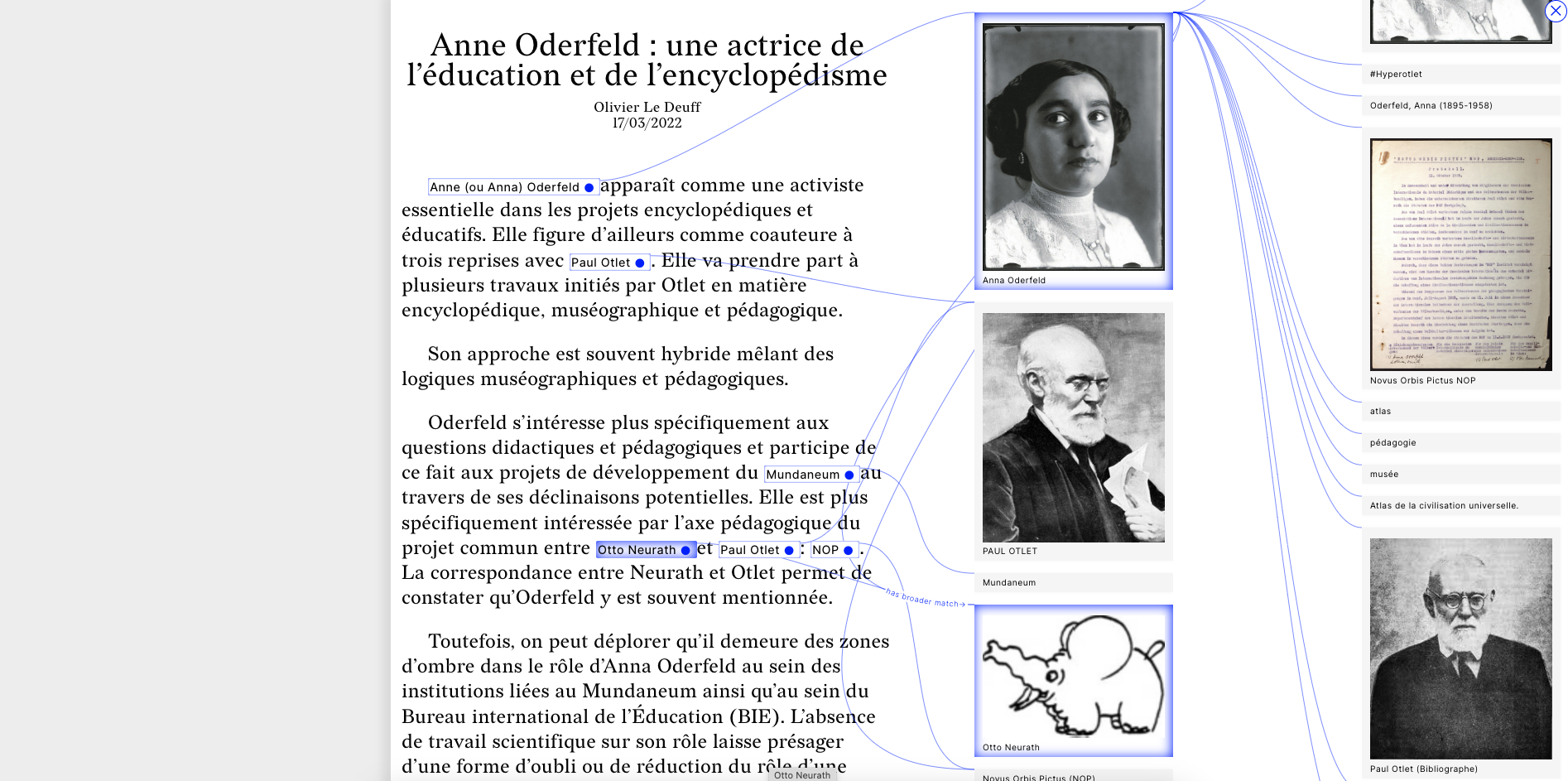Hey, I'm Giacomo.
I am an Information Designer and fermentation enthusiast based between
BerlinDE and BolognaIT.
Mainly, I am interested in exploring the intersection of technology, journalism, and culture, where I work on both commissioned and autonomous research projects. I also teach from time to time.
From design to programming, I explore the web with a focus on information structure and visualisation. My practice ranges between building web interfaces, designing tools and prototyping.
I co-founded Krisenstab, and I am currently building Vantage, while working at Airwars and metaLAB.
Occasionally, I teach at Weißensee Kunsthochschule.
Feel free to leave a drawing, write to me
digitally print me a
message or follow my
feed.
You can also browse a
selection of projects.
My work has been exhibited at: Het Nieuwe InstituutNL, Van AbbemuseumNL, Bureau EuropaNL, ADI Design MuseumIT, HKDI GalleryHK, Le Gallerie TrentoIT, Zentrum für Kunst und UrbanistikDE, and featured on: GIJN∿, ADI Design Index∿, Slanted∿, LINK∿, and e-flux∿.
The data in the graph comes from this spreadsheet. The images in this website use dither-dither.
ReFa
ReFa was an interdisciplinary research and digitization project at the UCLAB of University of Applied Sciences Potsdam (2020-2023) elaborating new perspectives on historical dress. This research unites approaches and desiderata from three disciplines and respective research areas: Art history (dress research), information science (knowledge organization), and interface design (data visualization).
Dedicated to the cultural history of clothing, its visual appearance, and its symbolic character, the project juxtaposes the triad of image-text-dress as an approach to dress research that integrates multiple methods. This research brought together items from the collection Lipperheidesche Kostümbibliothek - Sammlung Modebild of the Berlin Art Library with historic garments from the Textiles, Clothing and Jewellery Collection of the Germanisches Nationalmuseum Nuremberg.
The visualization research centered on the visual juxtaposition and interactive coupling of essays and graph visualizations. The intention was to represent the art historical discourse in close connection with access points into the collection. The concept of the ReFa reader allows for the linear perusal of the essays and the lateral exploration of associated artifacts and entities.
The ReFa Reader was designed and deployed as an interactive web application that builds on standards such as Markdown for the formatting and linking of the essays and the Omeka S API for the inclusion of items and entities part of a digitized and cataloged collection.
The ReFa Reader is made available under an open source license for reuse with other digitized collections.
